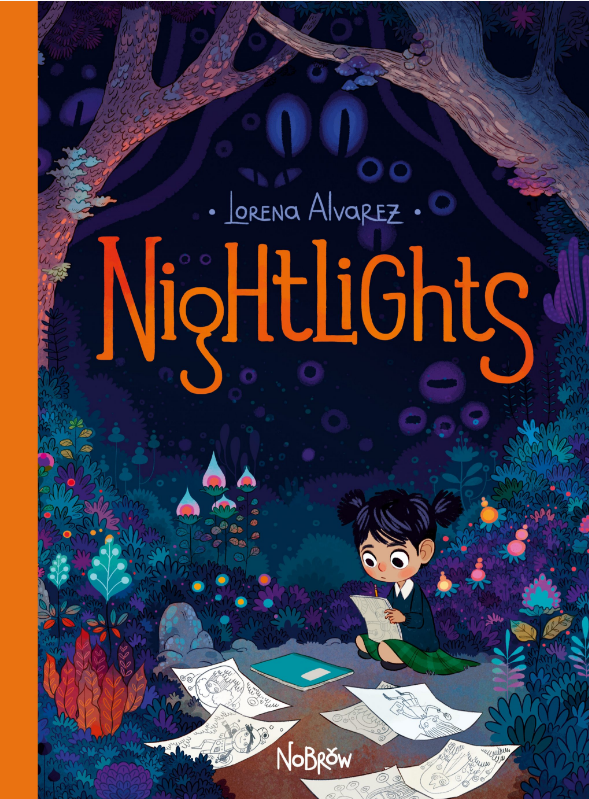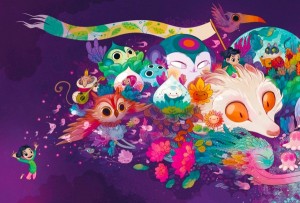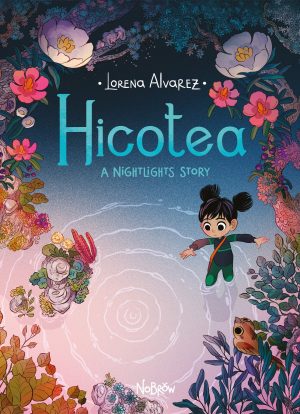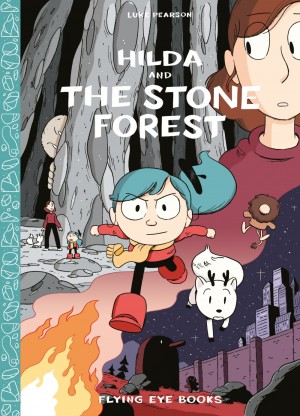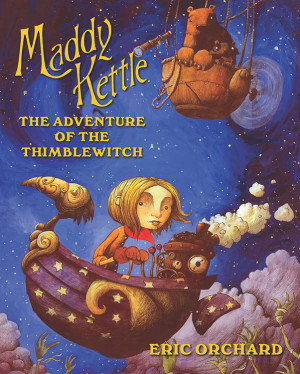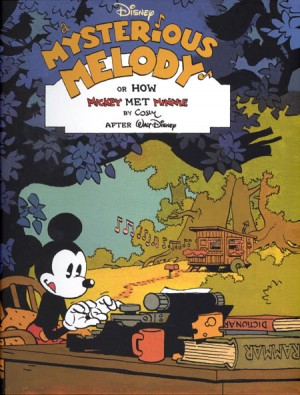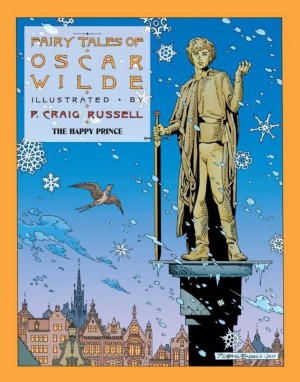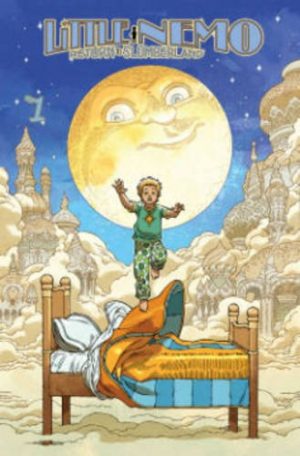Review by Ian Keogh
Nightlights is a wonderful fusion of children’s book illustration techniques with all the beauty and imagination that entails, welded to the graphic novel format. Colombian artist Lorena Alvarez Gómez reduces to her first two names for Nightlights, and incorporates intricate and beautifully designed spreads into her story about the power of creation.
Sandy is an extremely talented artist of what seems to be the lower end of senior school age. She draws at home, and she draws in class. She has an inspiration, though, the nightlights of the title, small glowing spheres that she catches and releases, and on doing so myriad colourful creatures escape and fly away, providing the impetus for the following day’s drawings. This talent is largely unnoticed at school beyond constant admonishments to pay to attention until the arrival of a strange and pallid little girl named Morfie, who’s really keen that Sandy draws for her.
The elusive feel of the fairy tale permeates the entire story, requiring an acceptance that beings and happenings exist beyond mortal knowledge, but rather delightfully it’s the application of mathematics that solves the eventual problem. One slight misstep is that this is both undersold when first mentioned, and that it’s a concept beyond the learning of those who’ll most enjoy this beautiful book.
At the heart of Nightlights is the universal conflict of learning and expression, and the universal teenage insecurity as Sandy is eventually empowered as she comes to terms with just what she’s capable of. This is accentuated by the art, with drabber tones employed in depicting the mundane aspects of Sandy’s day, while when her imagination flourishes it’s vibrant full colour. Anyone wanting a detailed analysis of the art and techniques is guided to an article by Rich Barrett. The one great shame is that an early four page illustration of Alvarez’s (and Sandy’s) imagination in full flow couldn’t have been reproduced as a fold out spread. Too expensive, it’s presumed. The sample illustration provides the first half.
However, if there’s one consistent aspect of Nobrow’s publications it’s thoughtful and attractive design, and this is particularly well applied to Nighlights. The hardcover has an attractive cloth spine in the manner of children’s albums of the 1930s and 1940s, and elements of the cover are both shiny and embossed, accentuating the tactile pleasure.
Nightlights is wonderful, and all the more astonishing for being a début graphic novel. It’s the ideal present for any youngster, thought-provoking and inspirational. And gorgeous. That can’t be stressed enough. The same applies to the follow-up Hicotea.
